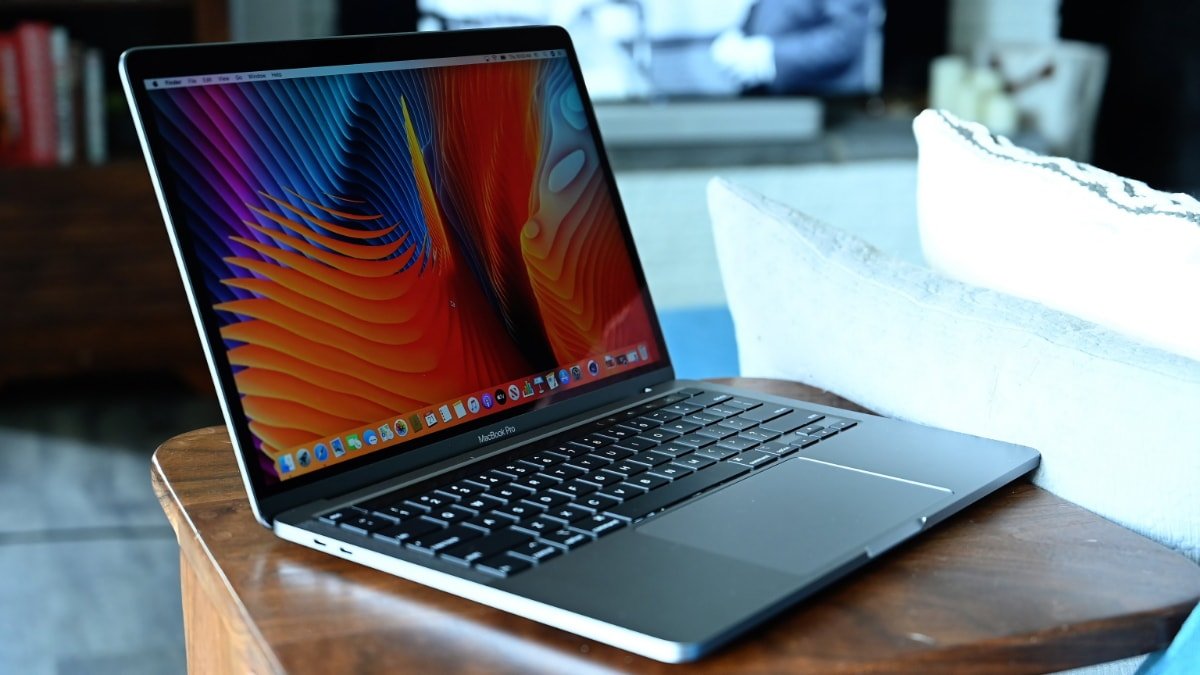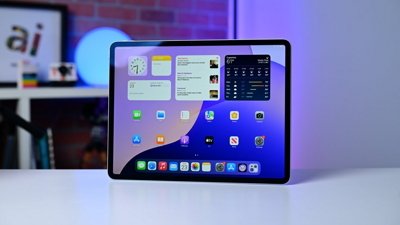Apple is taking a giant leap in the gaming world, with executives revealing plans to harness the power of Apple Silicon to transform the Mac into a premier gaming platform.
Apple is making bold moves to transform the Mac into a formidable gaming platform in a significant shift from its small presence in the gaming industry. With a legacy that dates back to the introduction of the Macintosh in 1984, which revolutionized the use of the mouse and indirectly shaped computer gaming, Apple's journey in the gaming sphere has been marked by missed opportunities.
However, the introduction of Apple Silicon signifies a pivotal change in that trajectory, according to an in-depth interview by Raymond Wong at Inverse.
In the interview, Mac product marketing manager Gordon Keppel underscores the transformative nature of Apple Silicon.
"Now, every Mac that ships with Apple silicon can play AAA games pretty fantastically," he said. "Apple silicon has been transformative of our mainstream systems that got tremendous boosts in graphics with M1, M2, and now with M3."
The Mac's history with gaming has been complicated, with early hardware limitations significantly hampering its gaming potential. However, the introduction of Apple Silicon marks a departure from this narrative.
The M3 family of chips, in particular, brings features like hardware-accelerated ray-tracing and mesh shading to the table, previously uncharted territories for Macs. These advancements are about keeping pace and setting new benchmarks in gaming experiences.
Apple's strategy extends beyond just hardware. An Apple software marketing manager, Leland Martin, explains the unified hardware platform approach, simplifying game development across Apple devices.
"If you look at the Mac lineup just a few years ago, there was a mix of both integrated and discrete GPUs," Martin says. "That can add complexity when you're developing games. Because you have multiple different hardware permutations to consider."
"Today, we've effectively eliminated that completely with Apple silicon, creating a unified gaming platform now across iPhone, iPad, and Mac."
The ambition is clear — Apple is not just trying to catch up but aiming to redefine what gaming on a Mac can be. The company knows that the gaming industry is constantly evolving.
With a vast and growing Apple Silicon Mac install base, the potential for developers and users alike is immense.
"Gaming was fundamentally part of the Apple silicon design," Doug Brooks, also on the Mac product marketing team, said. "Before a chip even exists, gaming is fundamentally incorporated during those early planning stages and then throughout development. I think, big picture, when we design our chips, we really look at building balanced systems that provide great CPU, GPU, and memory performance."
As Apple continues innovating and pushing the boundaries of what's possible with Mac gaming, the industry watches closely. The transformation of the Mac into a gaming platform is a work in progress, with each advancement bringing Apple one step closer to relevance in the space.
 Andrew Orr
Andrew Orr







-m.jpg)






 Malcolm Owen
Malcolm Owen

 Amber Neely
Amber Neely

 Wesley Hilliard
Wesley Hilliard


 William Gallagher
William Gallagher









59 Comments
Pushing hard? The new ARM based Mac Pros don't even support GPUs. Even Steam gave up on macOS and CS:GO is no longer supported. People who have time to play games the whole day are kids. Their parents ain't buying them a $2K Mac to game. If Apple seriously wants to get into gaming, either they need to target the kid segment or the tech enthusiast. The current Macs target a working professional and so that is where they sell
Yet Windows systems don’t seem to have any problems with “complexity” given the widespread availability of games on that system.
I love my Macs. They are essential tools for me and my business. Likewise, my iPhone and iPad would be hard to live without.
I'm also a gamer. I have a gaming PC, a Series X, and a Switch. I spend serious money on games (although none of it on any Apple platform). It's one hobby among many that I have, but one that brings me a lot of joy. I even have a few games I play competitively, having won money as part of a game team.
The difference in communities—players, developers, modders, streamers, etc.—between literally any other platform and Apple's is stark to a degree few realize, including Apple. Sure, encouraging developers to bring games to the Mac is great. Not going to criticize a bold first move. But this fawning press coverage about how Apple is taking gaming "seriously" is laugh-out-loud funny. Apple is finally paying the most basic attention to gaming. But that's just one step along a continuum that is miles long. Maybe that will make people who don't know any better think that the Mac is a "gaming platform." For the broader gaming community, it's not even worth a minute's consideration.